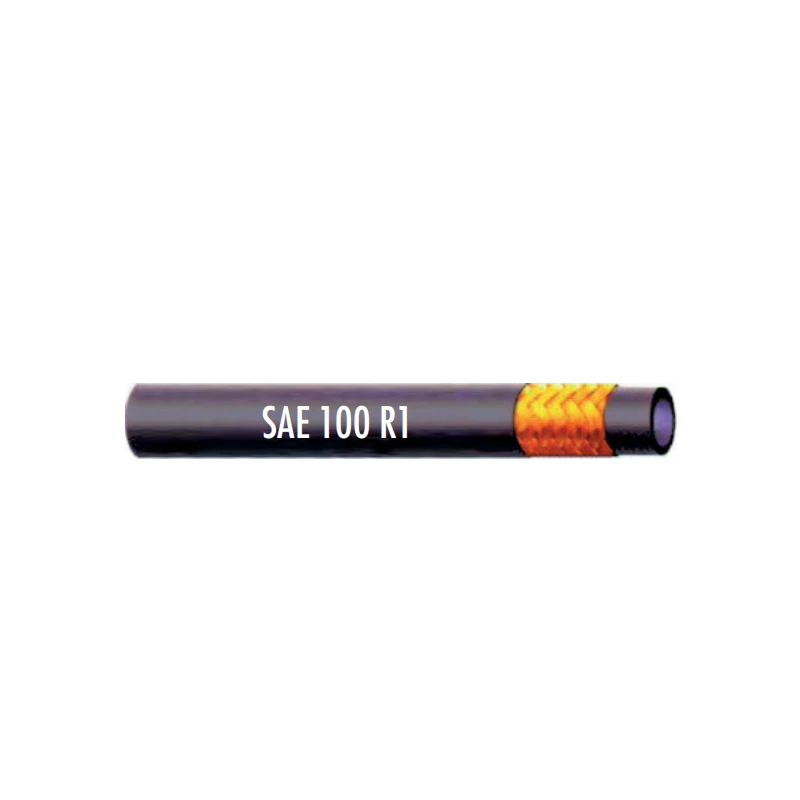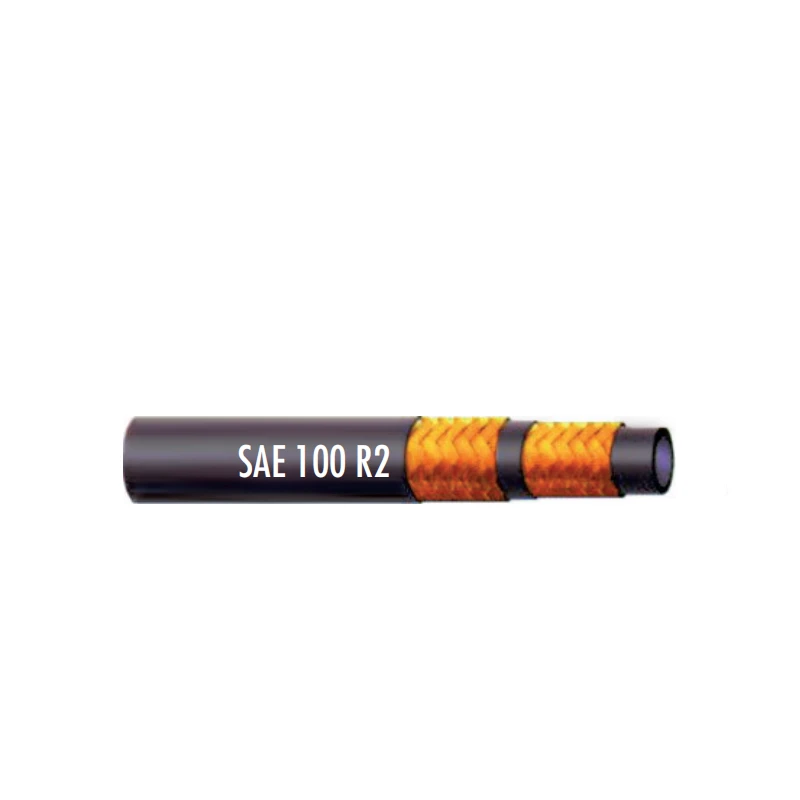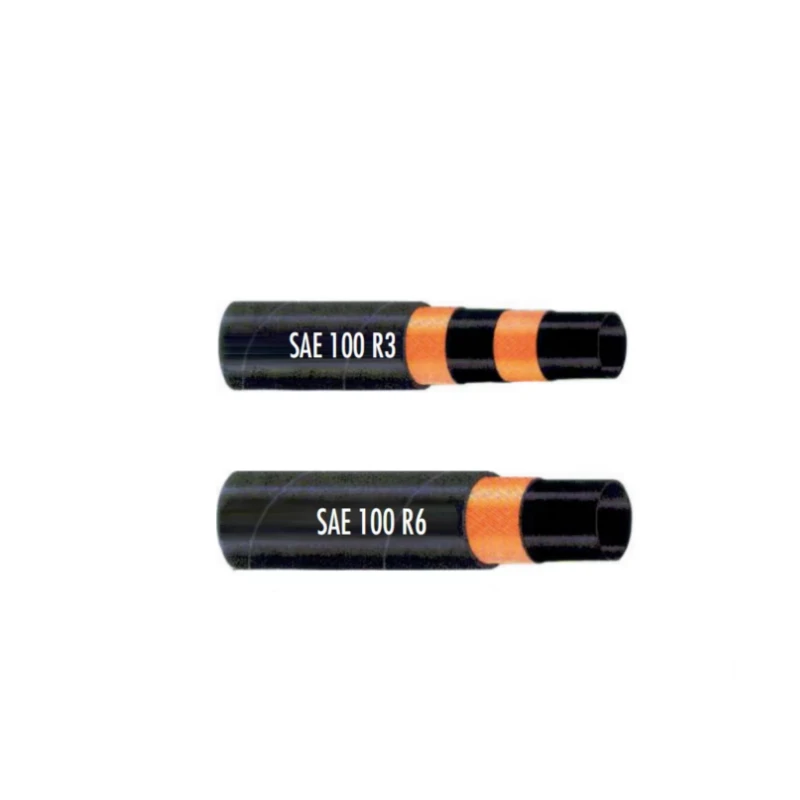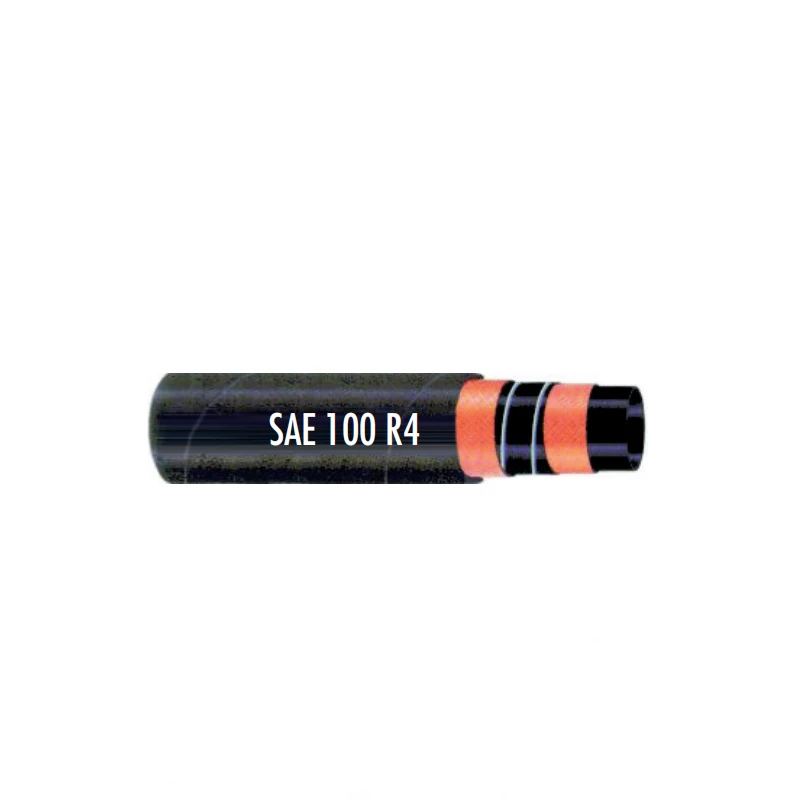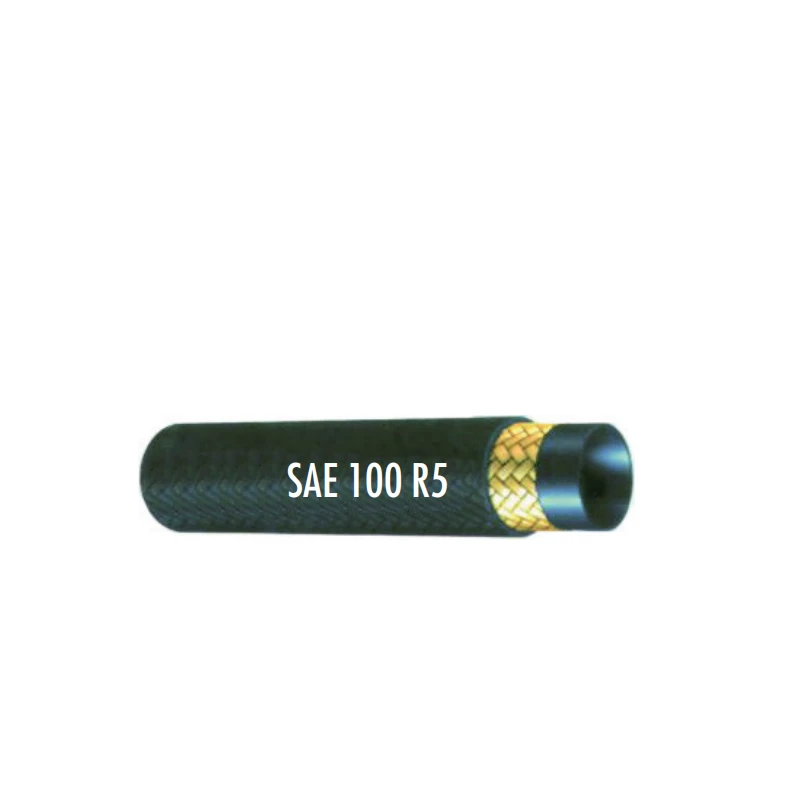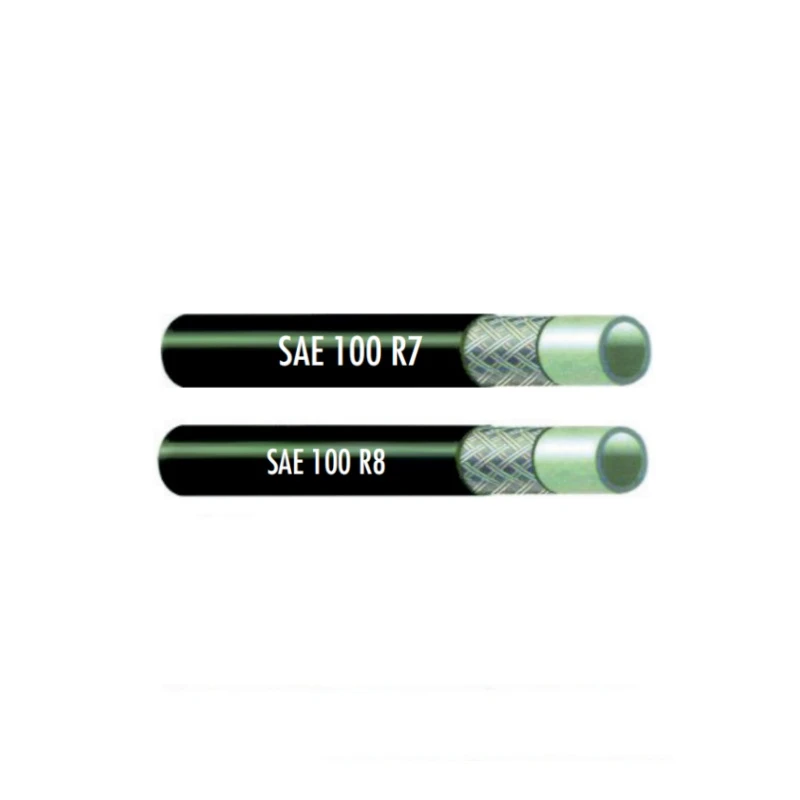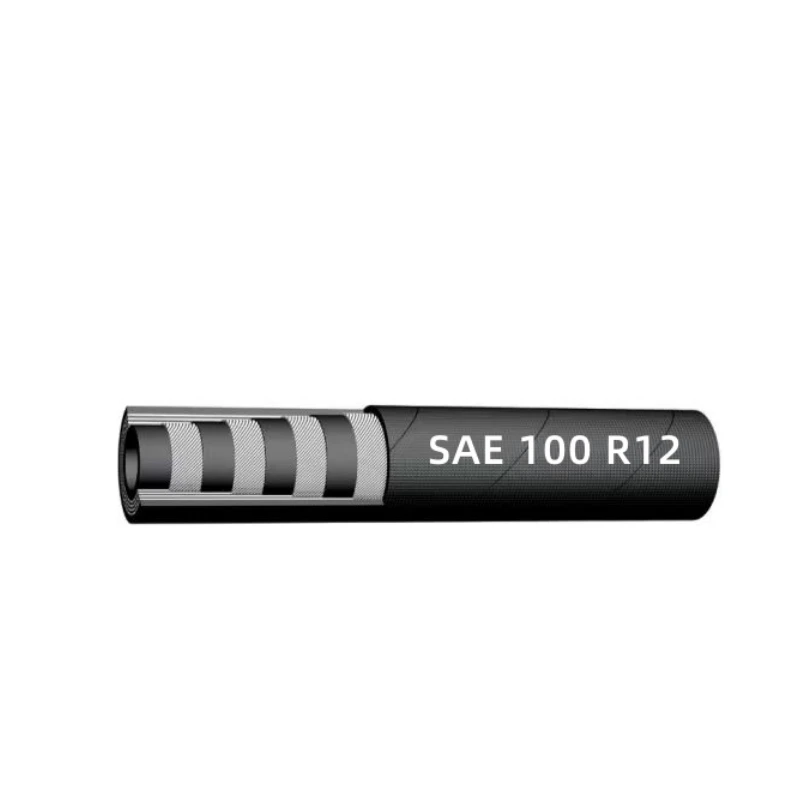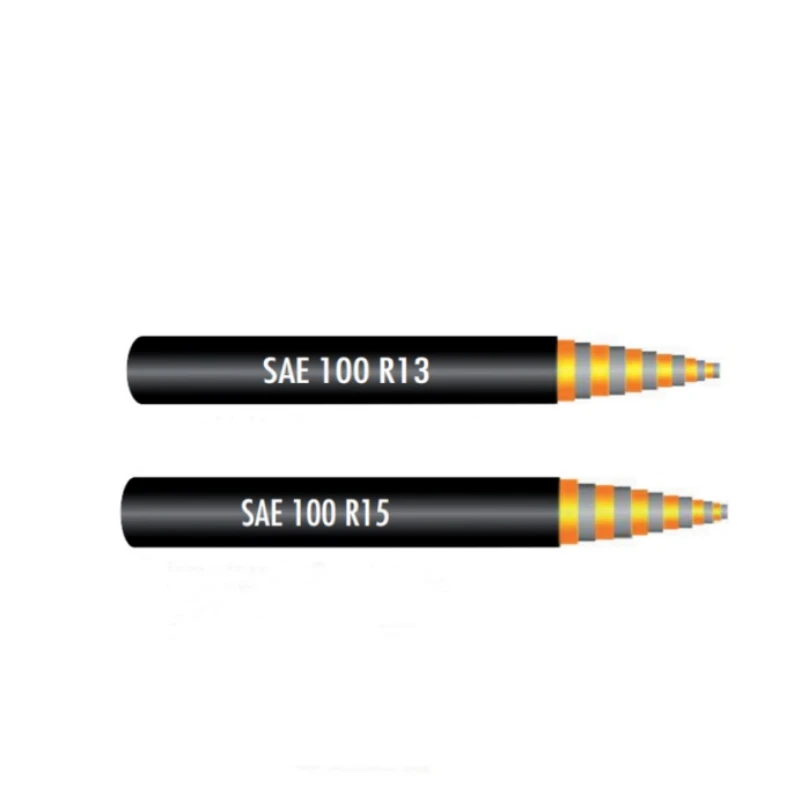
- Afrikaans
- Albanian
- Amharic
- Arabic
- Armenian
- Azerbaijani
- Basque
- Belarusian
- Bengali
- Bosnian
- Bulgarian
- Catalan
- Cebuano
- Corsican
- Croatian
- Czech
- Danish
- Dutch
- English
- Esperanto
- Estonian
- Finnish
- French
- Frisian
- Galician
- Georgian
- German
- Greek
- Gujarati
- haitian_creole
- hausa
- hawaiian
- Hebrew
- Hindi
- Miao
- Hungarian
- Icelandic
- igbo
- Indonesian
- irish
- Italian
- Japanese
- Javanese
- Kannada
- kazakh
- Khmer
- Rwandese
- Korean
- Kurdish
- Kyrgyz
- Lao
- Latin
- Latvian
- Lithuanian
- Luxembourgish
- Macedonian
- Malgashi
- Malay
- Malayalam
- Maltese
- Maori
- Marathi
- Mongolian
- Myanmar
- Nepali
- Norwegian
- Norwegian
- Occitan
- Pashto
- Persian
- Polish
- Portuguese
- Punjabi
- Romanian
- Russian
- Samoan
- scottish-gaelic
- Serbian
- Sesotho
- Shona
- Sindhi
- Sinhala
- Slovak
- Slovenian
- Somali
- Spanish
- Sundanese
- Swahili
- Swedish
- Tagalog
- Tajik
- Tamil
- Tatar
- Telugu
- Thai
- Turkish
- Turkmen
- Ukrainian
- Urdu
- Uighur
- Uzbek
- Vietnamese
- Welsh
- Bantu
- Yiddish
- Yoruba
- Zulu

Hun . 05, 2025 09:32 Back to list
The Essential Guide to Dredging Hose and Dredge Pipes
Dredging plays a vital role in maintaining navigable waterways and assisting with construction projects involving underwater excavation. A fundamental piece of equipment in dredging operations is the dredging hose, which is essential for transferring materials like sediment, sand and water during dredging. Understanding the components, importance and suppliers of dredging hoses is crucial for anyone involved in dredging activities.

What is a Dredging Hose and Why is it Important?
A dredging hose is a specialized type of hose used in dredging operations to transport material from the sea or riverbed to the surface or disposal site. These hoses are designed to withstand extreme pressure and environmental conditions, making them perfect for dredging operations where high durability is needed. Dredging hoses are made of durable materials such as rubber and are reinforced with steel wire to ensure they can withstand the high-pressure environments that dredging equipment operates in. They are used for a variety of purposes, including the transportation of water, mud, slurry and other dredged materials. The flexibility and strength of the dredging hose make it ideal for connecting the dredge to the pipeline and facilitating smooth material transfer.
The importance of a dredging hose cannot be understated, as it ensures efficiency in material handling, reducing the likelihood of pipe damage and ensuring smooth operations. Furthermore, these hoses are available in various sizes and configurations, depending on the specific dredging task, whether it is for dredging harbors, rivers or other large-scale projects.
What is a Dredge Pipe and How Does it Work?
A dredge pipe is a critical component of the dredging system. It connects the dredging equipment to the surface or disposal area, where the dredged materials are deposited. The dredge pipe acts as a conduit for the slurry, transporting materials like sand, mud or gravel from the seabed to the surface or further away from the dredging site.
Dredge pipes are made from strong, durable materials such as steel or high-quality rubber. They are designed to withstand the abrasive nature of the dredged materials and the intense pressure exerted during the dredging process. Similar to dredging hoses, dredge pipes are reinforced for added strength and reliability.
The dredge pipe works by being connected to the suction side of the dredging equipment. As the dredger pulls material from the waterbed, it flows through the pipe and is either pumped onto a barge or transported through pipelines to a designated disposal area.
Understanding the role of a dredge pipe is essential for ensuring that dredging operations are conducted efficiently and without disruption. It is also important to note that the dredge pipe can vary in size depending on the scale of the dredging operation and the nature of the materials being dredged.
Choosing the Right Dredging Hose Suppliers
When it comes to purchasing dredging hoses, selecting the right suppliers is key to ensuring the success of your dredging operation. High-quality dredging hoses are essential for preventing equipment failure and ensuring that materials are efficiently transferred during dredging tasks.
There are several factors to consider when choosing dredging hose suppliers, such as reputation, product quality, and the range of available products. Trusted dredge hose suppliers offer a variety of hose sizes, materials and configurations to meet the specific needs of each dredging operation. They also provide hoses with different pressure ratings to ensure that the hose can handle the demands of the dredging process.
Reputable suppliers will also offer warranties and after-sales services to guarantee the durability and longevity of the hoses they sell. Additionally, it is important to select suppliers who can provide customized solutions based on the unique requirements of your project.
You may also want to consider suppliers that offer installation services, as this can help ensure the proper setup of your dredging hose and other related equipment. Make sure to choose a supplier who is experienced in providing hoses for large-scale dredging operations.
Maintenance Tips for Dredging Hose and Dredge Pipe Systems
Proper maintenance of your dredging hose and dredge pipe systems is crucial to ensuring they last through the demands of continuous dredging operations. Regular maintenance not only extends the life of your equipment but also ensures that operations run smoothly, preventing costly breakdowns and downtime.
To maintain your dredging hoses, regularly inspect them for signs of wear and tear. Look for any cracks, punctures, or excessive abrasions that could weaken the hose. Make sure to replace any damaged sections to prevent failures during operation. It is also essential to check the connections of the hoses to ensure that they remain secure and free from leaks.
Dredge pipes should also be checked periodically for any signs of corrosion or blockages. Regular cleaning and checking the pressure ratings of the pipes are important to prevent system overloads and ensure optimal performance. Ensure that the pipes are free from debris, and look for any signs of internal wear that may require attention.
If you are unsure about the condition of your dredging hoses and pipes, consider seeking professional inspection services to ensure everything is functioning as it should.
The Future of Dredging Hose Technology
The technology behind dredging hoses is continuously evolving, with innovations aimed at improving efficiency, safety, and sustainability in dredging operations. One notable advancement is the development of environmentally friendly materials for dredging hoses. These materials are designed to reduce environmental impact while maintaining the strength and flexibility required for dredging.
Another area of innovation is in the design of dredging hoses. New manufacturing techniques allow for lighter yet stronger hoses, making them easier to handle while still offering the necessary durability. These innovations help reduce fuel consumption during dredging activities and lower operational costs.
The integration of monitoring technology is also gaining traction in dredging hose systems. Sensors can now track the condition of hoses in real time, allowing operators to detect wear and tear before a failure occurs. This technology can provide alerts when maintenance is needed, helping prevent costly downtime.
As dredging technologies continue to improve, it's likely that we will see even more efficient, cost-effective, and sustainable dredging hoses and equipment that contribute to more eco-friendly dredging practices.
dredging hose FAQs
What is the difference between a dredging hose and a dredge pipe?
While both are essential to the dredging process, a dredging hose is a flexible conduit used for transporting materials from the dredge to the surface, while a dredge pipe is a rigid or semi-rigid pipe used for the same purpose. Dredging hoses are often used in areas where flexibility is required, whereas dredge pipes are used in more stable environments.
How do I know if my dredging hose needs to be replaced?
You should replace your dredging hose if you notice visible damage such as cracks, punctures or significant abrasions. If the hose is leaking or if it is no longer able to handle the required pressure, it should also be replaced. Regular inspections are key to identifying these issues before they cause operational disruptions.
What should I look for when choosing dredging hose suppliers?
When selecting dredging hose suppliers, look for companies that have a strong reputation in the industry, offer high-quality materials and provide products with appropriate pressure ratings for your needs. It’s also important to check if they offer after-sales services, warranties and custom solutions for your specific project.
How long can a dredging hose last?
The lifespan of a dredging hose can vary depending on usage, maintenance and environmental conditions. With proper maintenance, a dredging hose can last several years. However, continuous use in harsh conditions may reduce its lifespan, making regular inspections and timely replacements essential.
Can I use a regular hose for dredging operations?
No, regular hoses are not designed to withstand the high pressure, abrasion and environmental conditions associated with dredging operations. A dredging hose is specifically designed to handle these extreme conditions and using a regular hose could lead to failure and operational downtime.
Latest News
Steel Wire Reinforced Hydraulic Hose SAE 100 R1 / EN853 1SN S
NewsOct.17,2024
Two Layers Steel Wire Reinforced Hydraulic Hose SAE 100 R2 / EN853 2SN
NewsSep.03,2024
Textile Braid Reinforced Hydraulic Hose SAE100 R3+R6
NewsSep.03,2024
Textile Reinforced Hydraulic oil Suction Hose with embedded Steel Wire SAE 100 R4
NewsSep.03,2024
Single Wire Braid and Textile Covered Hydraulic Hose SAE 100 R5
NewsSep.03,2024
High Pressure Thermoplastic Hydraulic Hose SAE 100 R7 / EN855 R7 - SAE 100 R8 / EN855 R8
NewsSep.03,2024
Heavy Duty Four-layer Steel Wire Spiral Reinforced Hydraulic Hose SAE100R9+R10+R12
NewsSep.03,2024
Heavy Duty Multi-layer Steel Wire Reinforced Hydraulic Hose SAE100R13 SAE100R15
NewsSep.03,2024
Latest Products
